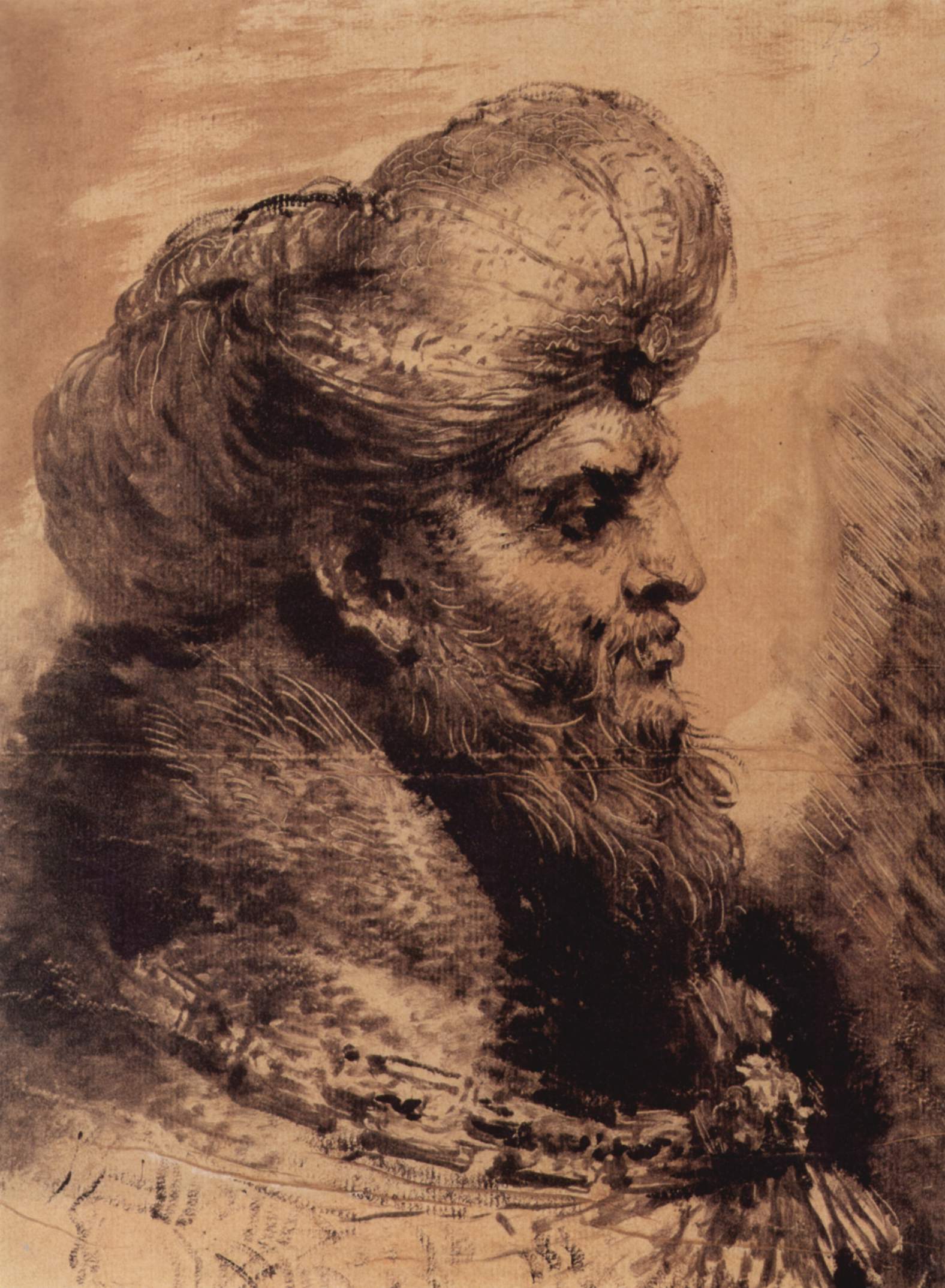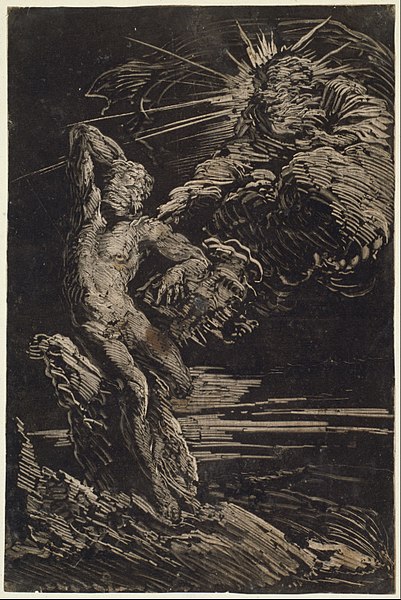Sandra Blow (1925 – 22)
[wpdevart_youtube]zgimoBXyEN4[/wpdevart_youtube]
[wpdevart_youtube]S-2VBqA-DpE[/wpdevart_youtube]
A Talk About Sandra Blow Video You Tube
Sandra Blow – A view of her working in the studio on a day to day basis. Video You Tube
website of the Sandra Blow Estate
Every movement we make is a sort of balancing act
What do I know about finishing a painting? i can’t separate the calm, strong vertical movement of this painting from the shifting bands of evening light across its lower right-hand corner. I wouldn’t change what I can see at this moment for another, more ‘finished’ kind of vision”
For me, as well as the natural interactions of colour and line, there is a biological facor in a painting, in which all the parts contribute to the functional whole, as our bodies do. When it ‘lives in that way, it is finishedIn addition, there is a God-sent gift, a balance of magic.
The crucial thing is that although [a shape or colour is] perfect in its place, there is an unexpected quality about it, an element of surprise. It is something I find with great difficulty. It doesn’t come naturally to me…But it occsasionally occurs, as in Green and White(1969) where the thin line next to the two broad bands produces that sort of contrast that stops the composition from being heavy. It gives the thrill of a leap, a daring, a lightness – like Salisbury Catherdral where you have the great heavy spire beside a magically thin small spire which is perfectly, thrillingly balanced with it.” p19
I have two equal sources of inspiration. One is art, first the Renaissance art I saw in Italy at the same time as I sawAlberto Burri and Nicolas Carone…and later African sculpture and, among m,ay other painters, Roger Hilton and Morris Louis. The second influence is nature. I marvel at the beauty and construction of the leaves and flowers outside the studio. I love London skies, because they are framed and one sees them like a moving painting. I’m often amazed at the juxtaposition of trees, parts of buildings and the sky, and constantly changing, subtle colours. I also love great sweeps of moorlands, where you have wonderful undulating lines.
influence of african art: pulls and pushes not on an even line. structural tensions.
emotion, vulnerability, exhuberance.
there are certain patterns on the beach, which are sand ridges that are caused by the tide, and when the tide goes out, they’re visble, and running across them are inlets of water, which makes a sort of grid p147
what matters for blow is where things will go from here. not the work that already exists but the painting that has yet to happen, that may take shape, tomorrow or the next day… p159
Sandra Blow was an abstract painter who has also used materials such as polyethylene, and willow cane to construct pictures, Blow was concerned pre-eminently with the problems of pure painting: balance and proportion, tension and scale.
Sandra Blow was born in London and studied at Saint Martins School of Art from 1941 to 1946, at the Royal Academy Schools from 1946 to 1947, and subsequently at the Academy of Fine Arts Shortly after the Second World War, Blow studied at the Royal Academy Schools. Here she gained the patronage of Ruskin Spear, Carel Weight and Robert Buhler would remain the pattern throughout her career.
In 1947 she lived in Italy for a year. She motorcycled around the countryside, discovering at first hand the architecture and pre-Renaissance frescos. She came to know the well-known Italian painter Alberto Burri. While Blow did not produce work of her own in Italy, she learnt a great deal from the Italian master of “art informel” and later adapted Burri’s manner of composing with sackcloth, tar and other low-grade materials for her own, perhaps more naturalistic, ends. In the late 1940s she travelled to Spain and France.
1950s: matter paintings
During the 1950s, Sandra Blow was one of the pioneering abstract painters along with Denis Bowen, Patrick Heron, Roger Hilton, Gillian Ayres and many others. She established a calligraphic style in sensitive landscape drawings and a pronounced gestural handling of material in the paintings. Her use of dingy earth pigments like ochre, beige, brown, black and white to some extent mitigated the explosive and expansive spatial feeling engendered by splattered and flying paint marks.
She was sometimes called a ‘matter painter’, introducing into British art a new expressive informality, using cheap, discarded materials such as sawdust, sackcloth and plaster alongside the more familiar material of paint. A tactile as well as visual emphasis on surface resulted in powerful and complex images, exuding a rooted earthiness, yet full of mysterious flux and ambiguity. She worked in Cornwall for a year from 1957 to 1958.
Following her first painting sale, to Roland Penrose (a founder of the Institute of Contemporary Arts), Blow’s career took off. Throughout the 1950s and early 1960s, she regularly exhibited with Gimpel Fils, the leading London gallery whose association with St Ives artists like Barbara Hepworth, Ben Nicholson and Peter Lanyon anticipated her move in 1957 to live for a year in a cottage at Zennor near St Ives. Blow was widely exhibited abroad throughout this time, establishing the international profile that her cosmopolitan outlook warranted. Participation in peripatetic displays of contemporary British art saw her work promulgated in Italy, Holland, Germany, the United States and later Australasia.
In 1957 she featured in the first John Moores biannual exhibition in Liverpool and was included in the Young Artists Section at the Venice Biennale the following year. She won the International Guggenheim Award in 1960 and won second prize at the third John Moores exhibition at the Walker Art Gallery in 1961.
untitled 1951 p48
plaster and sacking 1956
winter 1956
cornwall 1958
painting 1957
Space and matter 1959 stormy
1960s and 1970s
From 1960 she went on to teach at the Royal College of Art. David Hockney, Patrick Caulfield and Ron Kitaj were among the students. In response to the optimistic climate of the 1960s, Blow’s palette lightened and for most of the rest of her career, easily manipulated collage materials, like torn paper or brightly coloured canvas cut-outs, littered her often large-scale pictures. The Matisse-inspired decorative manner of her middle and late periods was a seamless collaboration between the constructed and the freely painted.
She was appointed Honorary Fellow of the Royal College of Art in 1973
Green and white 1969 – 10 foot square offset green quadrants and pale intersecting bands that nevertheless appears to be subtly and continually balancing itself in several directions at once.
green and red variations 1972
1980s
sacking indigo and white 1982
sacking brown and white 1982
Vivace 1988
glad ocean 1989
mid 1990s-to 2006
In moving to St Ives during the mid-1990s, Blow came full circle, reinvigorating a Cornish art scene bereft of the glories she had sampled 35 years before. For the first few years she worked in a beachfront studio at Porthmeor, but later built a large studio and home at Bullens Court above the town.
She exhibited locally but also fulfilled her obligations as a Royal Academician, participating in every Summer Exhibition at Burlington House, where she enjoyed a retrospective in 1994 at the newly built Sackler Galleries. An exhibition to mark Blow’s 80th birthday was held at Tate Britain in 2004, coinciding with the publication of a biography, Sandra Blow, by Michael Bird.
Selva Oscura 1993
Brilliant Corner II 1993
untitled porthmeor series 1996
porthmeor 1996
clodgy 1996
laurentian trail 2004
final painting 2006 from video dynamic window spiralling into light
———————
every movement we make is a sort of balancing act sandra blow on video.
What do I know about finishing a painting? i can’t separate the calm, strong vertical movement of this painting from the shifting bands of evening light across its lower right-hand corner. I wouldn’t change what I can see at this moment for another, more ‘finished’ kind of vision”
For me, as well as the natural interactions of colour and line, there is a biological facor in a painting, in which all the parts contribute to the functional whole, as our bodies do. When it ‘lives in that way, it is finishedIn addition, there is a God-sent gift, a balance of magic.
The crucial thing is that although [a shape or colour is] perfect in its place, there is an unexpected quality about it, an element of surprise. It is something I find with great difficulty. It doesn’t come naturally to me…But it occsasionally occurs, as in Green and White(1969) where the thin line next to the two broad bands produces that sort of contrast that stops the composition from being heavy. It gives the thrill of a leap, a daring, a lightness – like Salisbury Catherdral where you have the great heavy spire beside a magically thin small spire which is perfectly, thrillingly balanced with it.” p19
I have two equal sources of inspiration. One is art, first the Renaissance art I saw in Italy at the same time as I sawAlberto Burri and Nicolas Carone…and later African sculpture and, among m,ay other painters, Roger Hilton and Morris Louis. The second influence is nature. I marvel at the beauty and construction of the leaves and flowers outside the studio. I love London skies, because they are framed and one sees them like a moving painting. I’m often amazed at the juxtaposition of trees, parts of buildings and the sky, and constantly changing, subtle colours. I also love great sweeps of moorlands, where you have wonderful undulating lines.
influence of african art: pulls and pushes not on an even line. structural tensions.
emotion, vulnerability, exhuberance.
there are certain patterns on the beach, which are sand ridges that are caused by the tide, and when the tide goes out, they’re visble, and running across them are inlets of water, which makes a sort of grid p147
what maters for blow is where things will go from here. not the work that already exists but the painting that has yet to happen, that may take shape, tomorrow or the next day… p159
untitled porthmeor series 1996
porthmeor 1996
clodgy 1996
The paintings she herself considers pivotal are:
Vivace 1988
glad ocean 1989
untitled 1951 p48
plaster and sacking 1956
winter 1956
cornwall 1958
painting 1957
Space and matter 1959 stormy
Green and white 1969 – 10 foot square offset green quadrants and pale intersecting bands that nevertheless appears to be subtly and continually balancing itself in several directions at once.
green and red variations 1972
sacking indigo and white 1982
sacking brown and white 1982
Selva Oscura 1993
Brilliant Corner II 1993
laurentian trail 2004
final paintng 2006 from video dynamic window spirallibng into light





